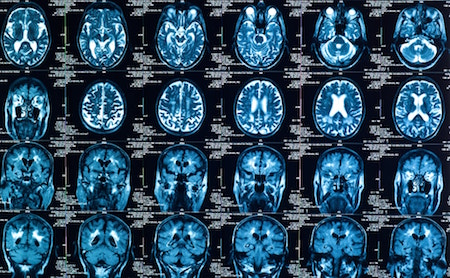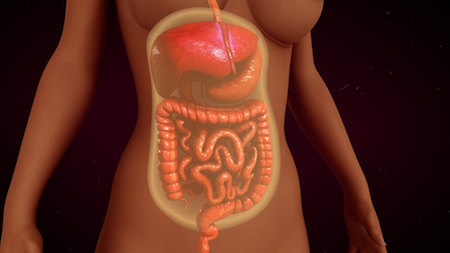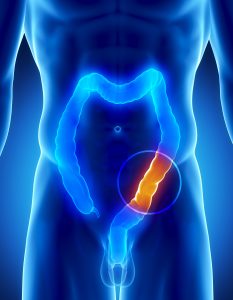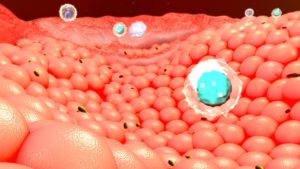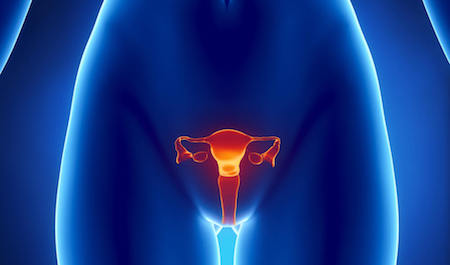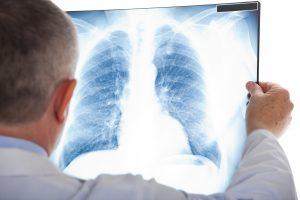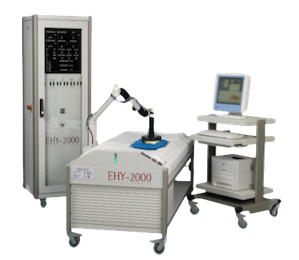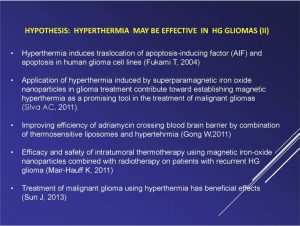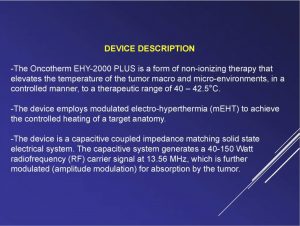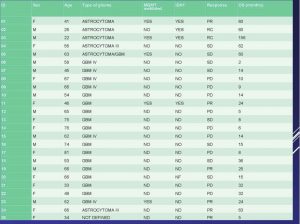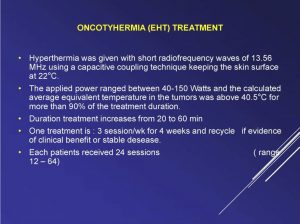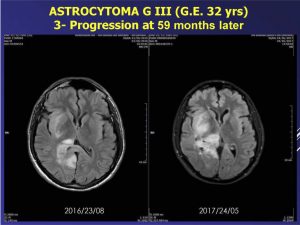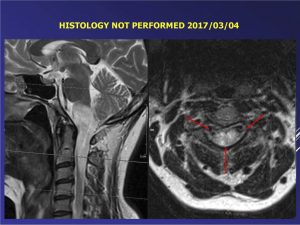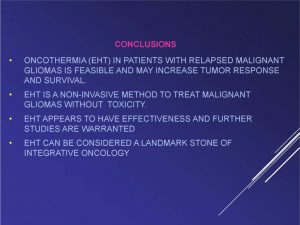Transcranial Oncothermia in patients with relapsed high-grade gliomas
Experimental data and retrospective studies suggest potential effects
Dr. Wismeth’s Team of the Department of Neurology of the University of Regensburg, Germany, published in the journal J Neurooncol (J Neurooncol, 2010 Jul; 98 (3): 395-405) the results of the joint use of Oncothermia and chemotherapy used as salvage treatment in the relapse of patients with high-grade gliomas.
Experimental data and retrospective studies suggest potential effects. However, no prospective clinical results are available. A single-center prospective non-controlled single-arm Phase I trial was performed. Main inclusion criteria were recurrent high-grade glioma WHO Grade III or IV, age 18-70, and Karnofsky performance score > or = 70.
Primary endpoints were dose-limiting toxicities (DLT) and maximum tolerated dose (MTD) with the combined regimen. Groups of 3 or 4 patients were treated 2-5 times a week in a dose-escalation scheme with Oncothermia. Alkylating chemotherapy (ACNU, nimustin) was administered at a dose of 90 mg/m(2) on day 1 of 42 days for up to six cycles or until tumor progression (PD) or DLT occurred. Fifteen patients with high-grade gliomas were included.
Relevant toxicities were local pain and increased focal neurological signs or intracranial pressure. No DLT occurred. In some patients, the administration of mannitol during EHT or long-term use of corticosteroids was necessary to resolve symptoms.
Results
Oncothermia in combination with chemotherapy is tolerable in patients with relapse of high-grade gliomas. A Phase II trial targeting treatment effects is warranted on the basis of the results raised in this trial.
If you wish, you can find more information about clinical cases treated with Oncotermia on our website.

